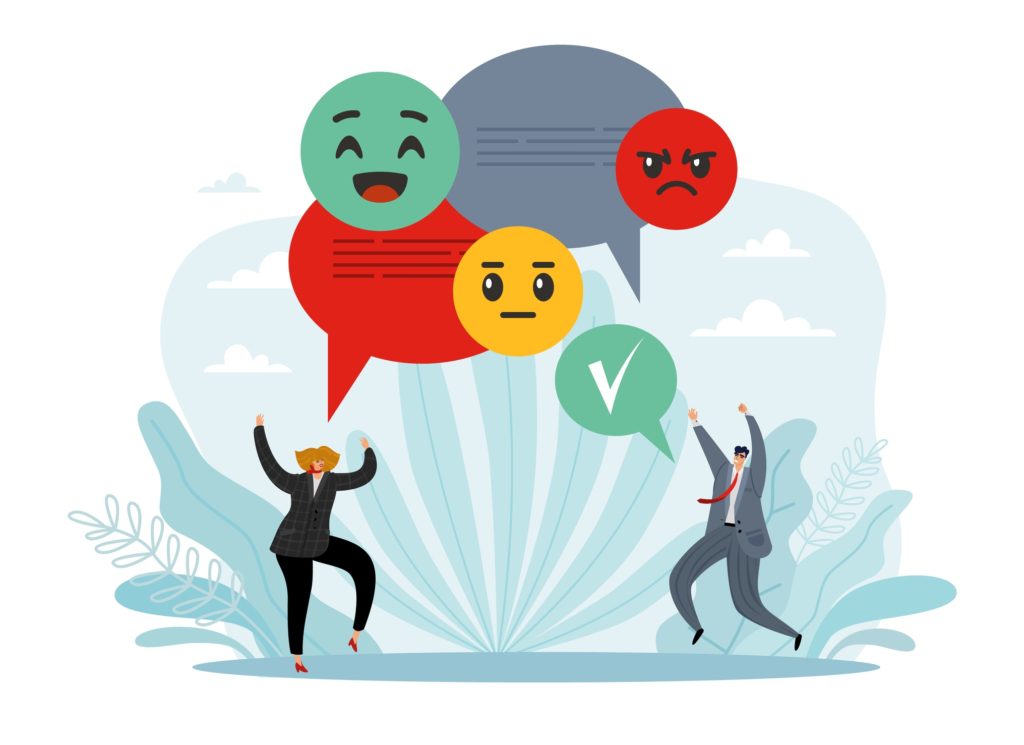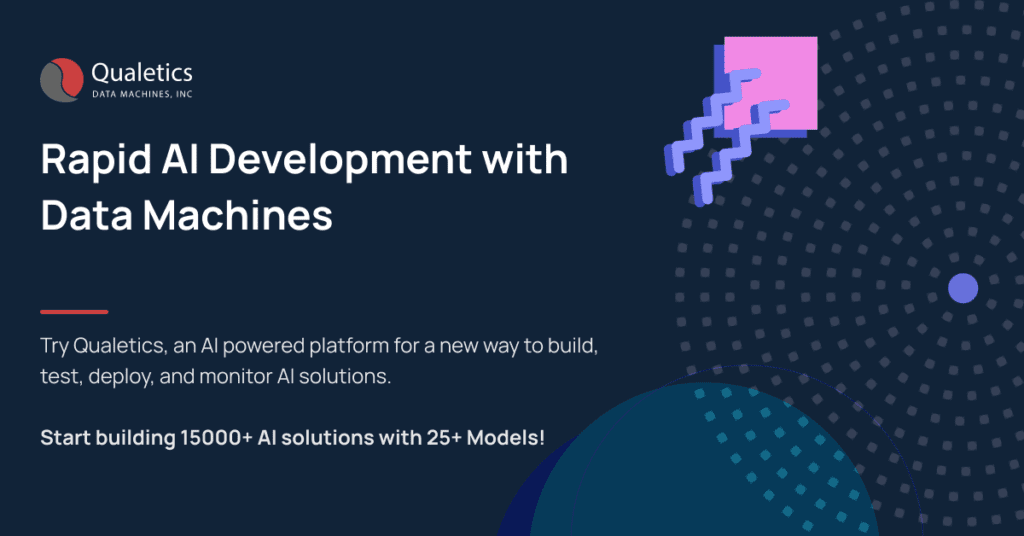Real-World Examples of Sentiment Analysis in Action

Businesses are on a constant quest to improve their decision-making ability. Historically, decisions that rely on understanding the sentiment of an audience, have been perceived as subjective and anecdotal. It’s difficult for human beings to maintain a consistently objective view while assessing sentiments. Particularly, when the sentiments are of a large, statistically significant universe of statements, some results show a bias toward what the reviewer may want to believe.
In our last blog post, we talked about what Sentiment Analysis and Emotion AI, were and how they were different. Below are some real-world sentiment analysis examples to help understand their practical application.
Sentiment Analysis of Audience Opinion
If our objective is to get a sense of our audience’s sentiment toward our brand a necessary, place to start is to consider sources of data for analysis. The example below illustrates analyzing customer reviews. Because the reviews were general in nature and uncategorized, they may refer to any number of aspects of our company or our solutions. So, we combine two important NLP tasks to achieve a meaningful sentiment analysis result. First, the reviews are categorized to identify what the reviewer’s feedback is about. Then the message analysis generates the sentiment result. The three opinions below illustrate the identification done for the three aspects. As we can see, two of them represent positive reviews and one, their mobile app, has a negative review.

Another Real-world example of Sentiment Analysis
The next example adds another detail for analysis. When sentiment has to be associated with different subjects it is commonly called Aspect-based Sentiment Analysis. This organizes the text into its different aspects. For instance, if you did a survey asking for feedback that could span multiple brands or products and various topics, the analysis might look like this:

Inference
If our decision-making is about where to focus our resources for maximum impact, we could combine these two scenarios. Plotting the results of our first sentiment analysis example provide feedback on customers’ feelings about various aspects of our offering. In this case, our customers were most critical of our mobile app. In the second example, the feedback was about how the audience felt about other offerings available in the market.
If we are experiencing exponential growth in mobile app utilization while simultaneously finding our competitors getting positive reviews on their mobile apps, we would have facts and data that combine to help us make and objectively justify better decisions with our resources. We would focus resources on improving our mobile app experience before losing customers to our competitors who the market perceives as delivering a positive mobile app experience.
As these examples illustrate, sentiment analysis tools and know-how exist to understand sentiment with precision and objectivity at scale.
Watch for the next blog post in this series Tuesday where we’ll build on sentiment analysis by applying AI to analyze emotion to better understand what your audience is feeling!


